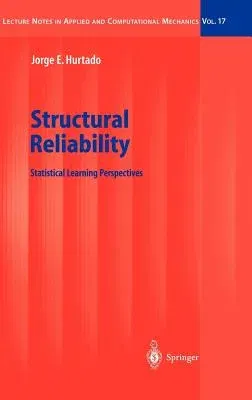Jorge Eduardo Hurtado
(Author)Structural Reliability: Statistical Learning Perspectives (2004)Hardcover - 2004, 13 May 2004

Qty
1
Turbo
Ships in 2 - 3 days
In Stock
Free Delivery
Cash on Delivery
15 Days
Free Returns
Secure Checkout

Part of Series
Lecture Notes in Applied and Computational Mechanics
Part of Series
Lecture Notes
Part of Series
Lecture Notes Series Lecture Notes
Print Length
257 pages
Language
English
Publisher
Springer
Date Published
13 May 2004
ISBN-10
3540219633
ISBN-13
9783540219637
Description
Product Details
Author:
Book Edition:
2004
Book Format:
Hardcover
Country of Origin:
DE
Date Published:
13 May 2004
Dimensions:
23.39 x
15.6 x
1.75 cm
ISBN-10:
3540219633
ISBN-13:
9783540219637
Language:
English
Location:
Berlin, Heidelberg
Pages:
257
Publisher:
Series:
Weight:
562.45 gm